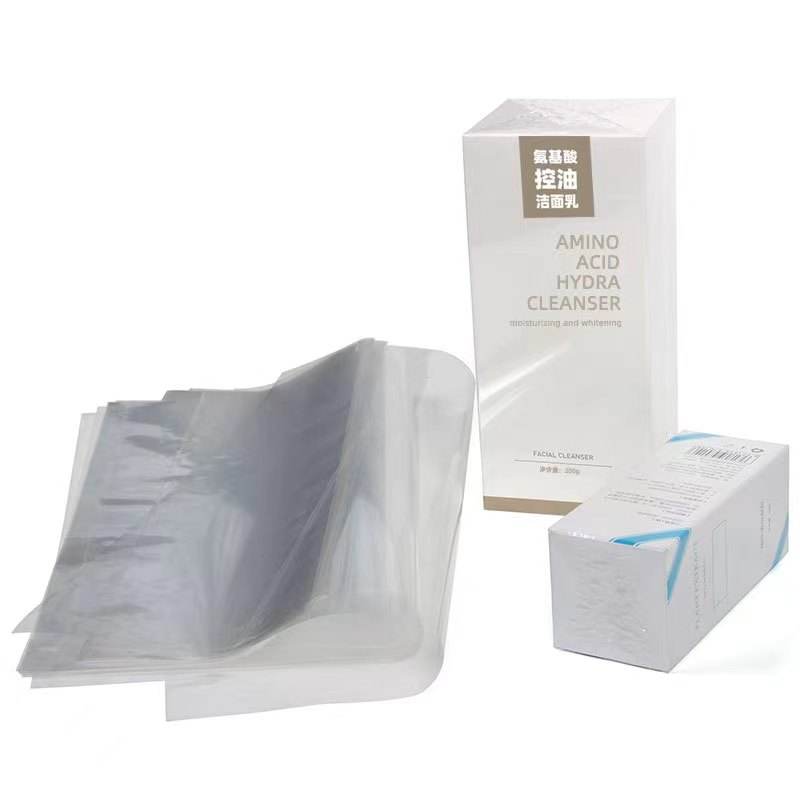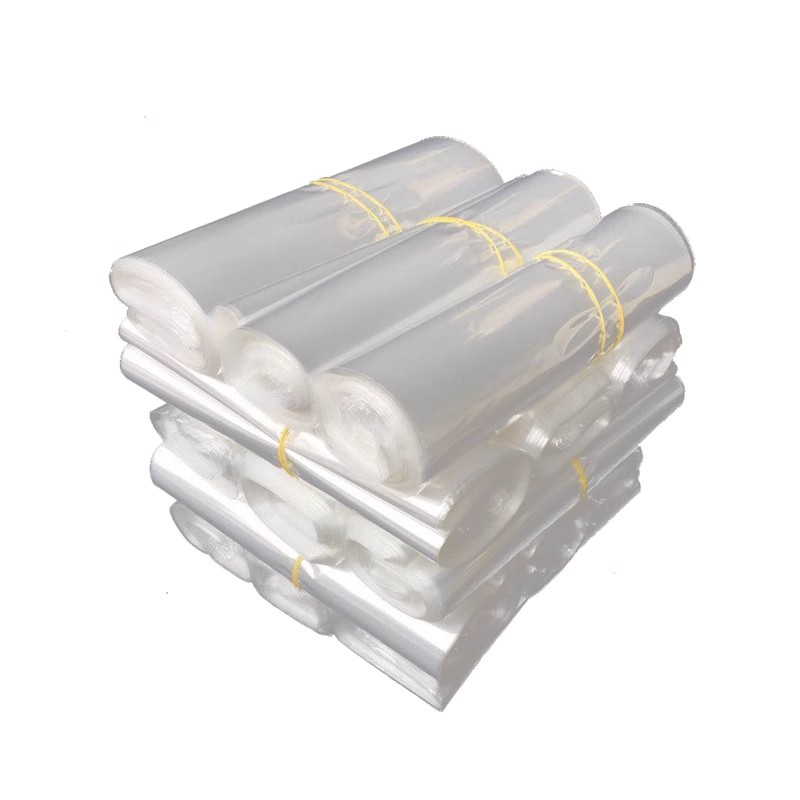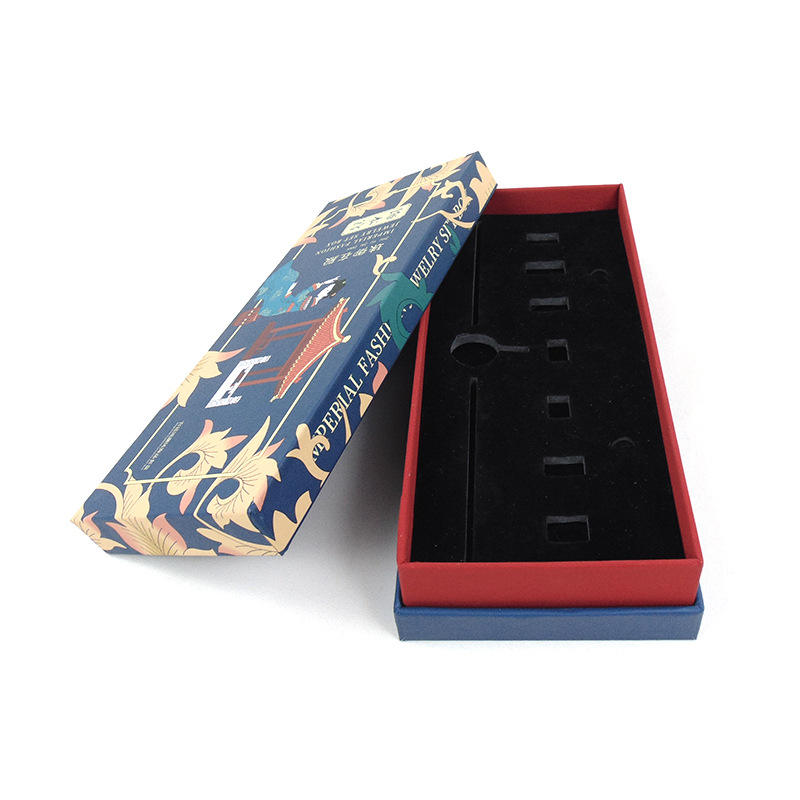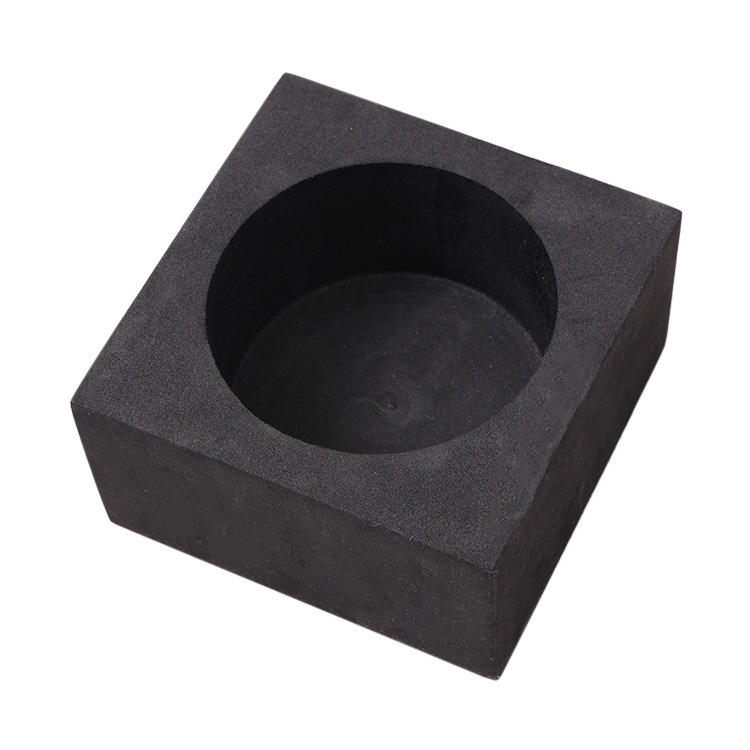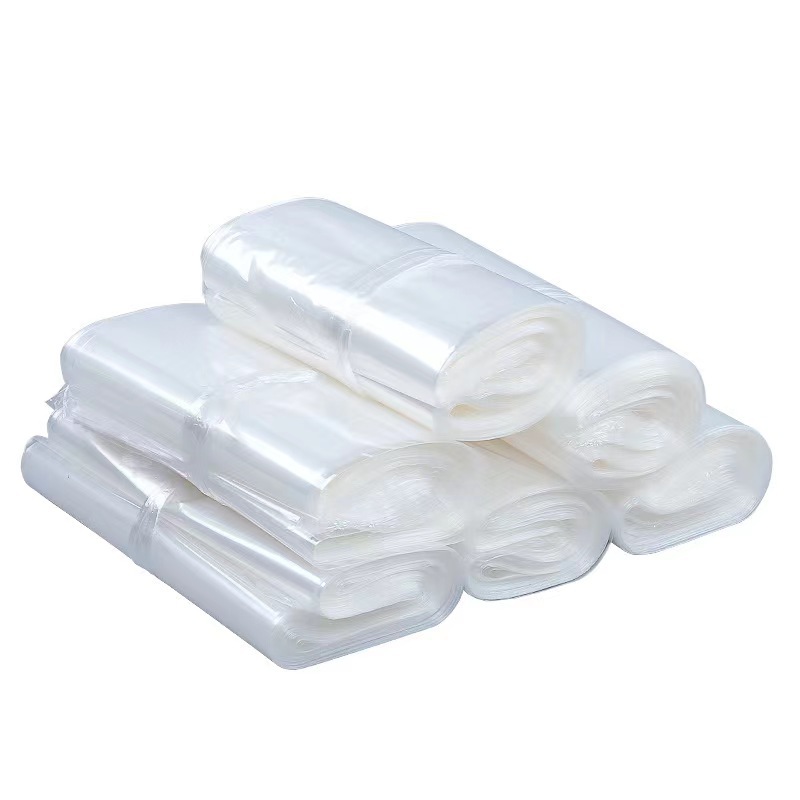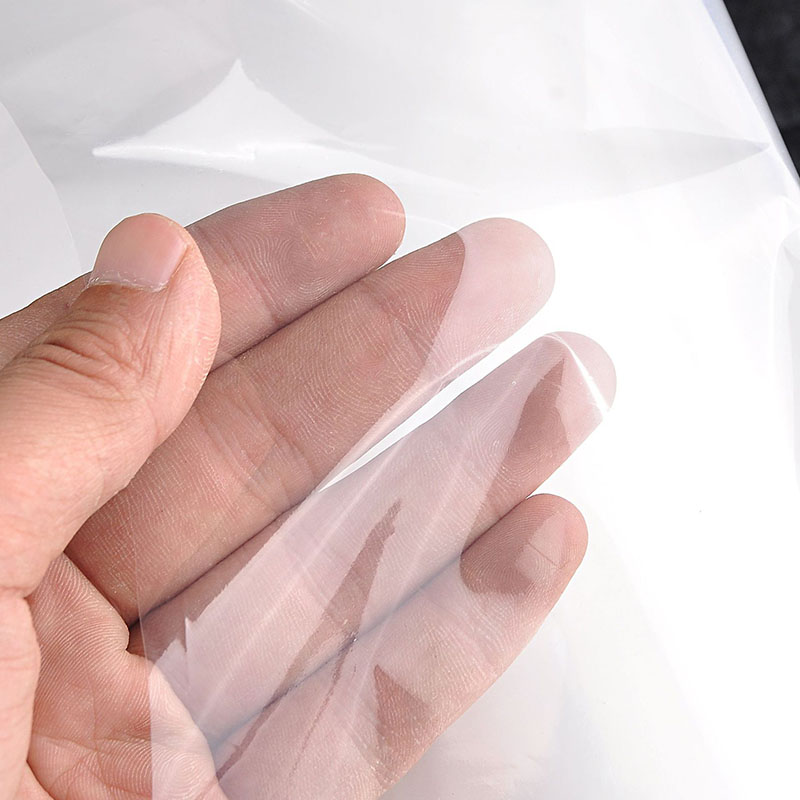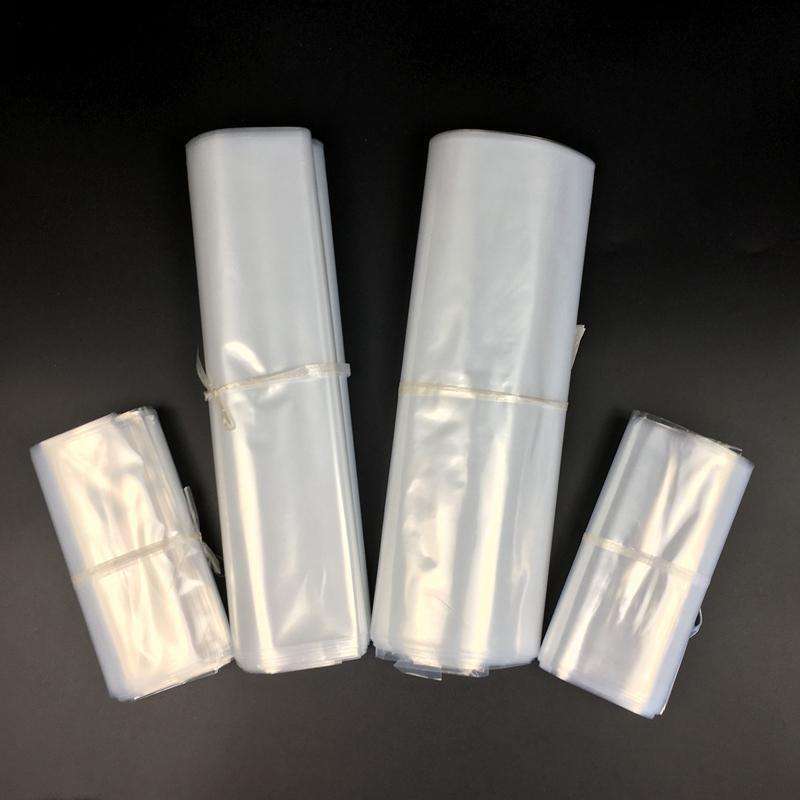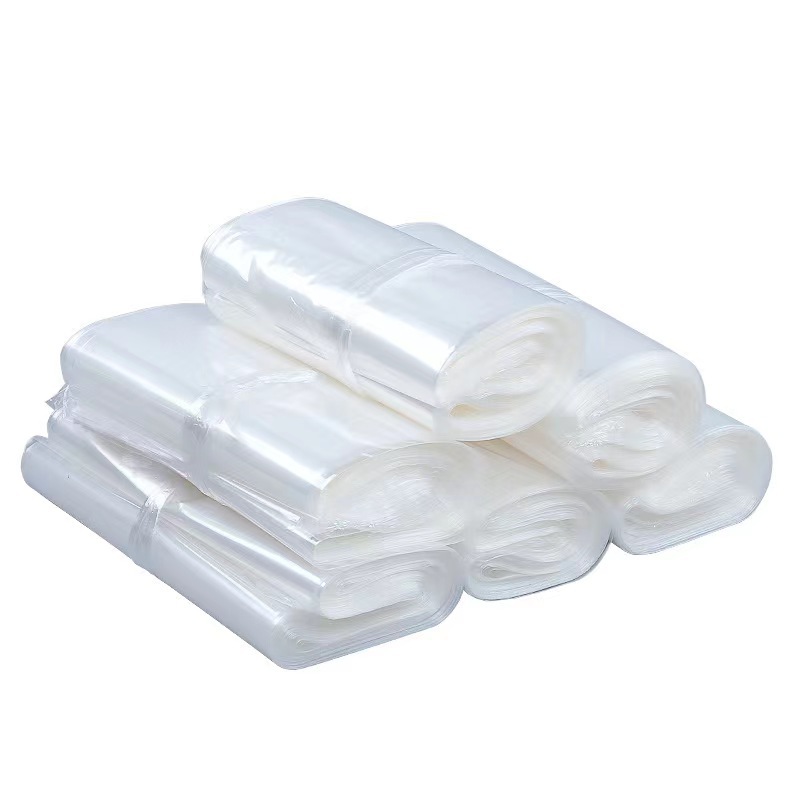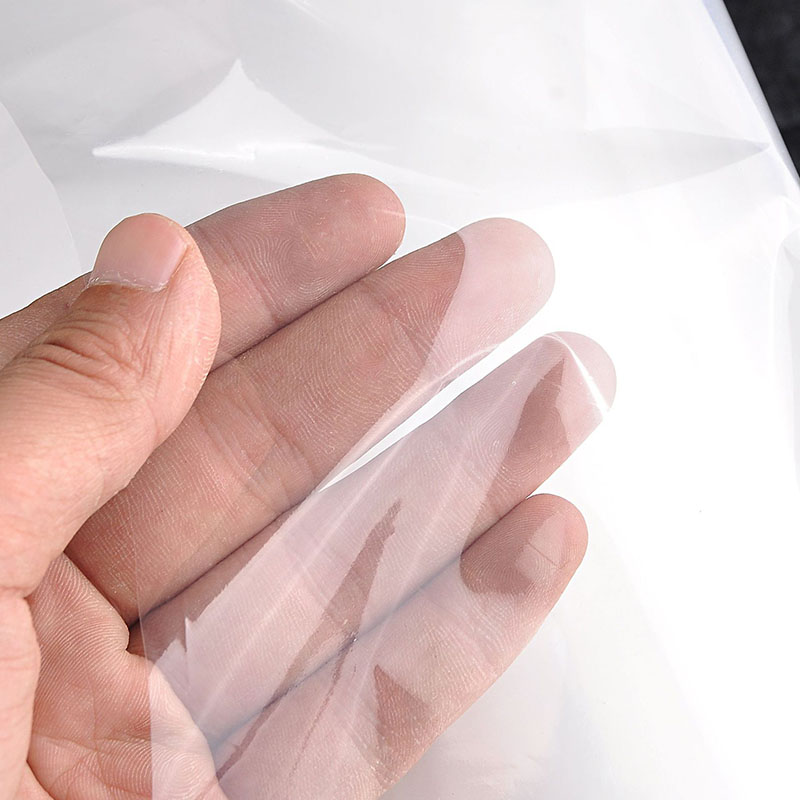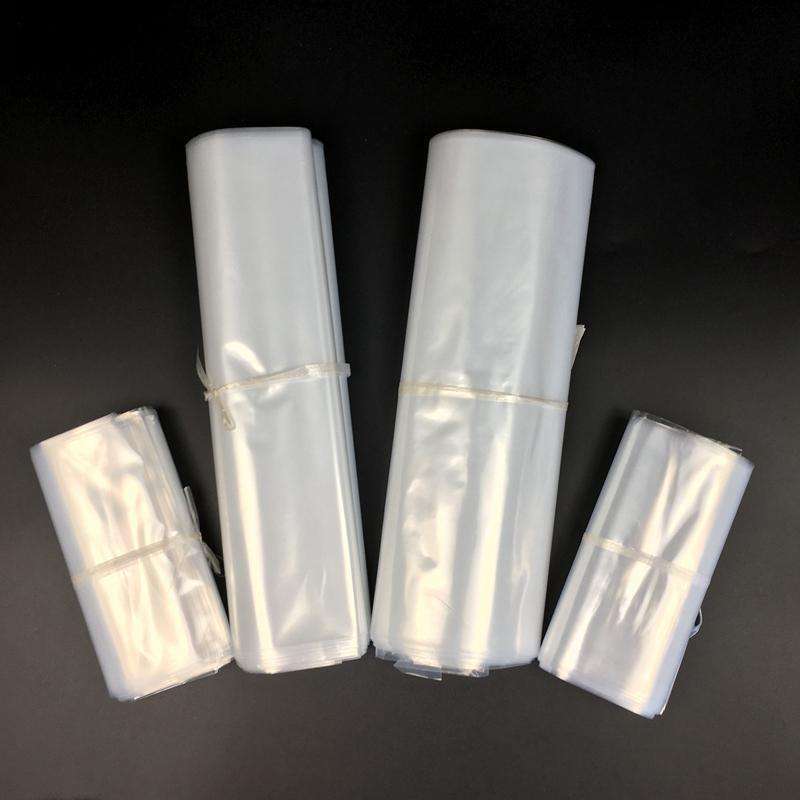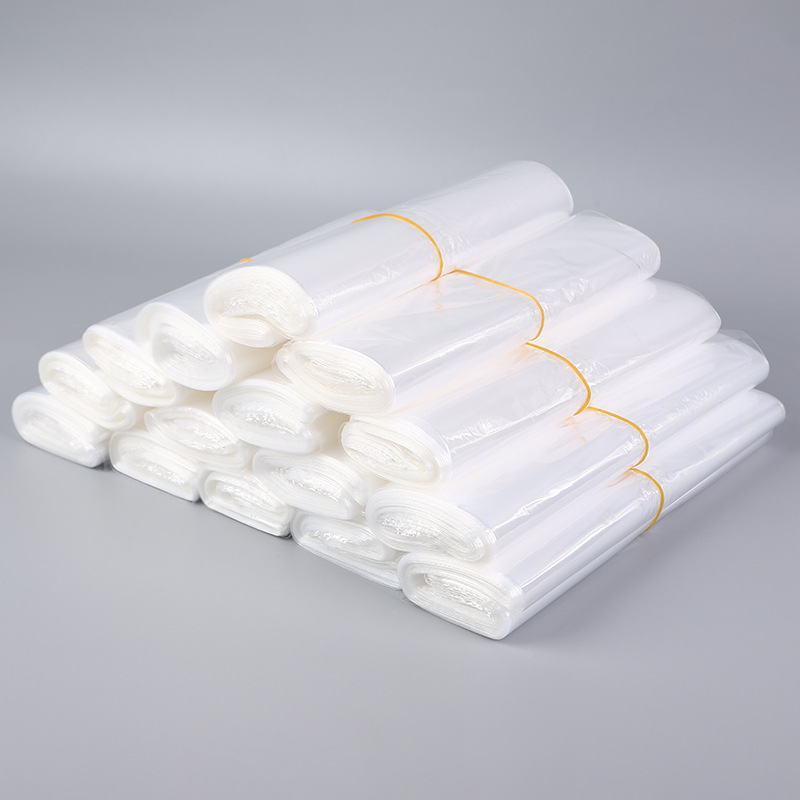Heat Shrink Film for Packaging
In the contemporary landscape of packaging, heat shrink film for packaging has emerged as a pivotal component for securing and protecting goods across various industries. This innovative material not only enhances the presentation of products but also plays a crucial role in safeguarding items during storage and transportation. As e-commerce and global trade continue to expand, understanding the functionalities, benefits, and applications of heat shrink film is critical for businesses aiming to optimize their packaging solutions.
Send Inquiry
Heat shrink film for packaging is a polymer plastic film that shrinks tightly over the product when heat is applied. It is predominantly made from materials like polyethylene, polypropylene, or polyvinyl chloride (PVC). The inherent properties of these materials contribute to their versatility and effectiveness in various packaging applications. One of the defining characteristics of heat shrink film is its ability to create a tight seal, making it an ideal choice for bundling multiple items together or securing delicate products.
One of the primary advantages of heat shrink film is its durability. Goods packaged in this film are better protected from moisture, dust, and other environmental factors that can compromise product integrity. This level of protection is particularly vital for perishable items, electronics, and fragile goods. Unlike traditional packaging methods that may involve multiple layers or materials, heat shrink film provides a streamlined and lightweight option, thereby reducing material usage and shipping costs. The efficient use of resources aligns with the growing trend toward sustainable packaging solutions, as businesses strive to minimize their environmental footprint.
In addition to its protective properties, heat shrink film for packaging offers aesthetic benefits that can enhance product appeal. The clarity of the film allows consumers to view the packaged product, which can be particularly advantageous for retail settings. Moreover, custom printing options available with heat shrink film enable companies to incorporate branding elements directly onto the packaging, reinforcing brand identity and increasing consumer recognition.
Heat shrink film is widely used in various sectors, including food and beverage, pharmaceuticals, and consumer goods. In the food industry, for instance, it is commonly applied to pack products like fresh produce, baked goods, and beverages, preserving freshness and extending shelf life. In pharmaceuticals, the tamper-evident features of heat shrink film provide an added layer of security, ensuring consumers that products have not been compromised. Similarly, in the consumer goods sector, businesses frequently utilize heat shrink film for bundling items such as household products and personal care items, facilitating efficient unitization for retail displays.
In conclusion, heat shrink film represents a robust and adaptable solution in the realm of packaging. Its ability to provide secure protection, enhance product aesthetics, and facilitate efficient logistics makes it an invaluable asset for modern businesses. As industries grapple with the challenges of a dynamic market, the strategic use of heat shrink film can lead to improved operational efficiencies and customer satisfaction. By embracing innovative packaging techniques, companies not only protect their products but also contribute to a sustainable and visually appealing consumer experience.
 English
English Español
Español Português
Português русский
русский Français
Français 日本語
日本語 Deutsch
Deutsch tiếng Việt
tiếng Việt Italiano
Italiano Nederlands
Nederlands ภาษาไทย
ภาษาไทย Polski
Polski 한국어
한국어 Svenska
Svenska magyar
magyar Malay
Malay বাংলা ভাষার
বাংলা ভাষার Dansk
Dansk Suomi
Suomi हिन्दी
हिन्दी

